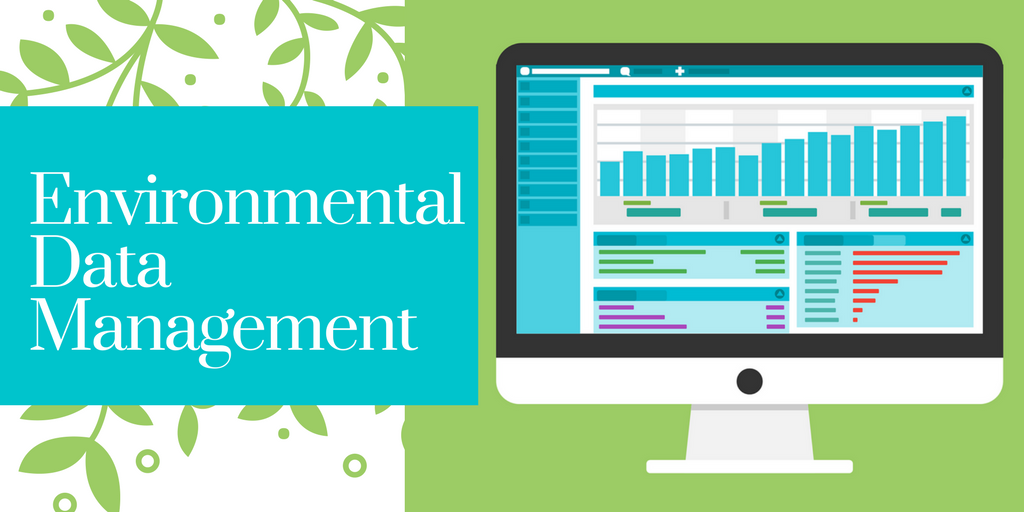 Any business undertaking activities with the potential to impact the environment, will typically have an obligation to gather, interpret and act based on environmental data they collect. Environmental data is important as it allows operators, regulators and the community to understand if management measures are effective or if they need adjustments. For some businesses, the amount of environmental data they collect can be significant and in order to efficiently manage and use this data, an effective management strategy will be needed. Depending on the volume of data and the size of the business the approach to data collection and storage will vary. The remainder of this insight seeks to highlight some of the key factors associated with effective data management.
Any business undertaking activities with the potential to impact the environment, will typically have an obligation to gather, interpret and act based on environmental data they collect. Environmental data is important as it allows operators, regulators and the community to understand if management measures are effective or if they need adjustments. For some businesses, the amount of environmental data they collect can be significant and in order to efficiently manage and use this data, an effective management strategy will be needed. Depending on the volume of data and the size of the business the approach to data collection and storage will vary. The remainder of this insight seeks to highlight some of the key factors associated with effective data management.
Data Management Strategies
Data management is defining, creating, storing, maintaining and providing access to data and associated processes in one or more information system. The key objectives of any data management strategy is to ensure data is:
- Stored, consumed and processed in a manner suitable to the organisation;
- Controlled, monitored and protected;
- Categorised and standardised using known definitions, classifications and quality frameworks.
There are a range of strategies for managing data; they range from paper-based filing systems to custom-made database-management systems (DMBS).
 While paper-based data management systems are still used, they are progressively being replaced by digital alternatives. A basic digital data management system will be built around filing systems already in use, such as a computer’s operating system (Windows Explorer for Windows or Finder for iOS) along with policies and procedures developed by the organisation and software such as Excel.
While paper-based data management systems are still used, they are progressively being replaced by digital alternatives. A basic digital data management system will be built around filing systems already in use, such as a computer’s operating system (Windows Explorer for Windows or Finder for iOS) along with policies and procedures developed by the organisation and software such as Excel.
On the more advanced end of the spectrum are DBMS’. A DBMS is a computer software application that interacts with users, other applications and the database itself in order to capture and analyse data. A DBMS may be built in-house or purchased through one of many software suppliers specialising in providing data management services. The International Organisation for Standardization (ISO) maintains standards in relation to data management (ISO/IEC TR 10032:2003).
Effective Data Management
Even a small or medium sized business can effectively use an electronic filing system to manage and organise their data. This will generally involve adopting a standardised naming convention to allow for easy storage and retrieval of information. The benefit of a simple data management strategy is that minimal technical knowledge is required to use the system. If implemented well, a system such as this will allow even someone unfamiliar with the system to easily add or retrieve information. By using existing software generally, no additional outlay is required. A downside of this approach is that it requires manual input and data extraction which can result in data errors.
By purchasing or developing an integrated DBMS, businesses can compare and analyse data from a greater number of sources, reduce the risk of data errors being introduced through manual data entry, can establish and trigger automatic notification system and if required, have access to real-time environmental data. If desired and with the relevant infrastructure in place, a DBMS allows data to be added from the field via cloud services using a mobile device such as a smartphone or tablet. This can save time, paper and potentially save lost data. A DBMS can also be queried in more advanced ways to produce highly specialised reports. The full benefits of this system require quality metadata.
Importance of Metadata
 Metadata summarizes basic information about data, which can make finding and working with data easier. Metadata generally takes a digital form however it does pre-date the digital era. Pre-digital forms of metadata include dictionaries and catalogues, for example, the Dewey Decimal System, developed in 1873. Environmental examples of non-digital metadata are collection information on field surveys and also taxonomies. Environmental metadata should convey who collected the data, the type of data, date(s) the data was collected, why the data was collected and the methodology used to collect or analyse (i.e. laboratory method) the data. In other words, the who, what, when, where and why of the data. Accurate metadata allows precise querying of a DBMS and easy retrieval of information. The ISO also maintains multiple standards related to metadata (ISO/IEC 11179:2015).
Metadata summarizes basic information about data, which can make finding and working with data easier. Metadata generally takes a digital form however it does pre-date the digital era. Pre-digital forms of metadata include dictionaries and catalogues, for example, the Dewey Decimal System, developed in 1873. Environmental examples of non-digital metadata are collection information on field surveys and also taxonomies. Environmental metadata should convey who collected the data, the type of data, date(s) the data was collected, why the data was collected and the methodology used to collect or analyse (i.e. laboratory method) the data. In other words, the who, what, when, where and why of the data. Accurate metadata allows precise querying of a DBMS and easy retrieval of information. The ISO also maintains multiple standards related to metadata (ISO/IEC 11179:2015).
The key principle for the success of a data management strategy is that it should recognise and address your needs. If you require assistance with your environmental data management approach or software selection, please contact Integrate Sustainability at enquiries@integratesustainability.com.au or (08) 9468 0338 to see how we can help.
Download PDF: ISPL Insight – Environmental Data Management

